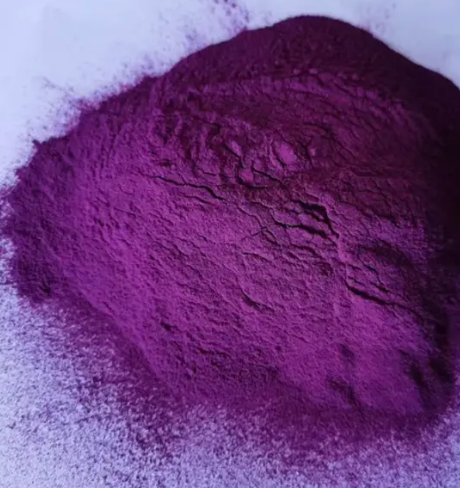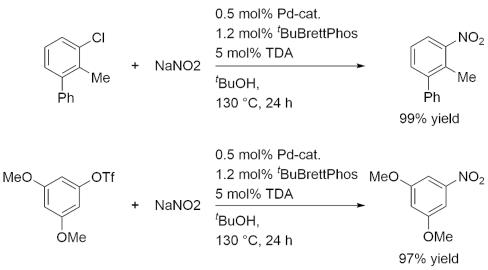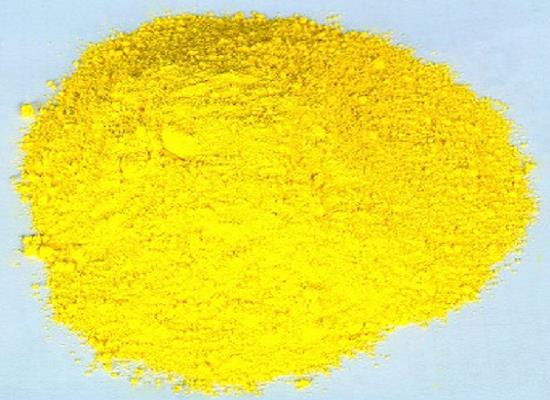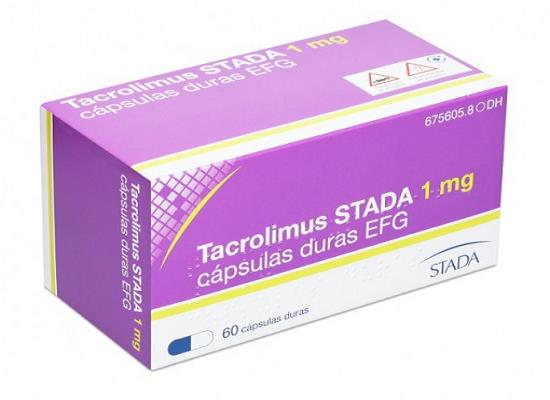Tris(dibenzylideneacetone)dipalladium: activities and application in complex formation
General Description
Tris(dibenzylideneacetone)dipalladium has been investigated for its potential in various areas. Firstly, it has shown promise in inducing apoptosis in chronic lymphocytic leukemia B cells by targeting key proteins involved in cell survival and death pathways. Secondly, tris(dibenzylideneacetone)dipalladium exhibits anti-tumor activity by targeting the STAT3 signaling pathway in hepatocellular carcinoma and multiple myeloma. Additionally, tris(dibenzylideneacetone)dipalladium, when combined with β-sitosterol, forms a complex that can prevent the absorption of toxic metals into the body and reduce metal toxicity. This complex displays antibacterial and antifungal activity, suggesting its potential in mitigating bacterial and fungal infections. Overall, tris(dibenzylideneacetone)dipalladium shows promise in inducing apoptosis in CLL B cells, inhibiting tumor growth in HCC and MM, and reducing metal toxicity while exhibiting antimicrobial properties. These findings contribute to our understanding of the compound's potential applications in biomedical research and therapeutic development.
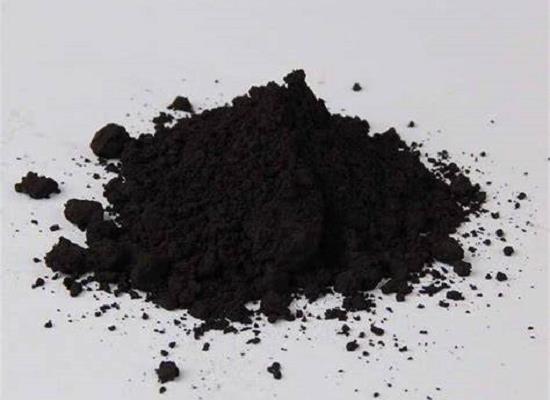
Figure 1. Tris(dibenzylideneacetone)dipalladium
Activities
Induction of apoptosis in chronic lymphocytic leukemia B cells
Tris(dibenzylideneacetone)dipalladium is a compound that has been tested for its impact on chronic lymphocytic leukemia (CLL) B-cell survival. The researchers found that treatment of CLL B-cells with tris(dibenzylideneacetone)dipalladium led to apoptosis, or programmed cell death, in a dose-dependent manner regardless of the IgVH mutational status. Further analysis revealed that tris(dibenzylideneacetone)dipalladium-induced apoptosis involved several molecular changes in CLL B-cells. Firstly, there was a reduction in the expression of anti-apoptotic proteins such as Bcl-xL and XIAP, which are known to promote cell survival. Additionally, there was an upregulation of the pro-apoptotic protein BIM, which promotes cell death. The researchers also identified that tris(dibenzylideneacetone)dipalladium targeted the ribosomal protein (rp)-S6, an essential component of the Akt/mTOR signaling axis in CLL B-cells. This pathway is known to play a role in cell growth, proliferation, and survival. By targeting rp-S6, tris(dibenzylideneacetone)dipalladium disrupted this signaling pathway, leading to apoptosis in CLL B-cells. Overall, the findings indicate that tris(dibenzylideneacetone)dipalladium has demonstrated efficacy in inducing apoptosis in CLL B-cells. It appears to exert its effects by targeting rp-S6 and modulating the expression of key proteins involved in cell survival and death pathways. 1
Anti-tumor activity
Tris(dibenzylideneacetone)dipalladium has shown promising anti-tumor activity by targeting the STAT3 signaling pathway in hepatocellular carcinoma (HCC) and multiple myeloma (MM). STAT3 is an oncogenic transcription factor that plays a crucial role in the expression of genes associated with tumor development and malignant progression. In various human malignancies, including HCC and MM, persistent activation of STAT3 is frequently observed. In addition to targeting STAT3, tris(dibenzylideneacetone)dipalladium downregulated the expression of genes regulated by STAT3, contributing to the suppression of cell migration and invasion, which are critical processes in tumor progression and metastasis. The effectiveness of tris(dibenzylideneacetone)dipalladium in inhibiting STAT3 signaling was further validated in preclinical models. In xenograft MM and orthotopic HCC mice models, tris(dibenzylideneacetone)dipalladium significantly inhibited tumor growth without displaying significant toxicity. Furthermore, the treatment with tris(dibenzylideneacetone)dipalladium resulted in a reduction in the expression of various prosurvival biomarkers in MM tumor tissues. 2
Applications in complex formation
Tris(dibenzylideneacetone)dipalladium, in conjunction with β-sitosterol, is studied for its application in preventing the absorption of toxic metals into the body and reducing metal toxicity. In this research, the focus is on complexing μ-sitosterol with Palladium (Pd). By reacting μ-sitosterol with tris(dibenzylideneacetone)dipalladium in a 2:1 ratio under an inert atmosphere using dimethylformamide (DMF) as a solvent, a complex [tris(dibenzylideneacetone)dipalladium.(β-sitosterol)] is formed. This complex has been identified using spectroscopic techniques such as IR, Mass, and (1)H-NMR. Notably, the Pd-sterol complex exhibits significant antibacterial and antifungal activity, which suggests that it can aid in mitigating bacterial and fungal infections within the body. Overall, the research findings conclude that the Pd-sterol complex effectively reduces metal toxicity and contributes to minimizing bacterial and fungal infections. Additionally, the study highlights the importance of consuming a diet rich in fruits and vegetables to enhance the body's defense mechanisms and maintain overall bodily functions. 3
Reference
1. Kay NE, Sassoon T, Secreto C, Sinha S, Shanafelt TD, Ghosh AK, Arbiser JL. Tris (dibenzylideneacetone) dipalladium: a small-molecule palladium complex is effective in inducing apoptosis in chronic lymphocytic leukemia B-cells. Leuk Lymphoma, 2016, 57(10):2409-2416.
2. Arora L, Mohan CD, Yang MH, Rangappa S, Deivasigamani A, Kumar AP, Kunnumakkara AB, Garg M, Chinnathambi A, Alharbi SA, Alahmadi TA, Rangappa KS, Hui KM, Sethi G, Ahn KS. Tris(dibenzylideneacetone)dipalladium(0) (Tris DBA) Abrogates Tumor Progression in Hepatocellular Carcinoma and Multiple Myeloma Preclinical Models by Regulating the STAT3 Signaling Pathway. Cancers (Basel), 2021, 13(21):5479.
3. Mahmood T, Bibi Y, Zafar R, Wahab A, Mahmood I, Arshad N, Sherwani SK. Report: complexation of β-sitosterol with tris (dibenzylideneacetone) dipalladium and its anti-microbial activity. Pak J Pharm Sci, 2015, 28(2):631-634.
Related articles And Qustion
Lastest Price from Tris(dibenzylideneacetone)dipalladium manufacturers
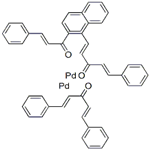
US $0.00/KG2025-03-21
- CAS:
- 51364-51-3
- Min. Order:
- 1KG
- Purity:
- 98.00%
- Supply Ability:
- 100KG /month
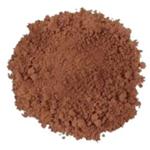
US $12.00-7.00/g2025-03-07
- CAS:
- 51364-51-3
- Min. Order:
- 1g
- Purity:
- 99%
- Supply Ability:
- 500

